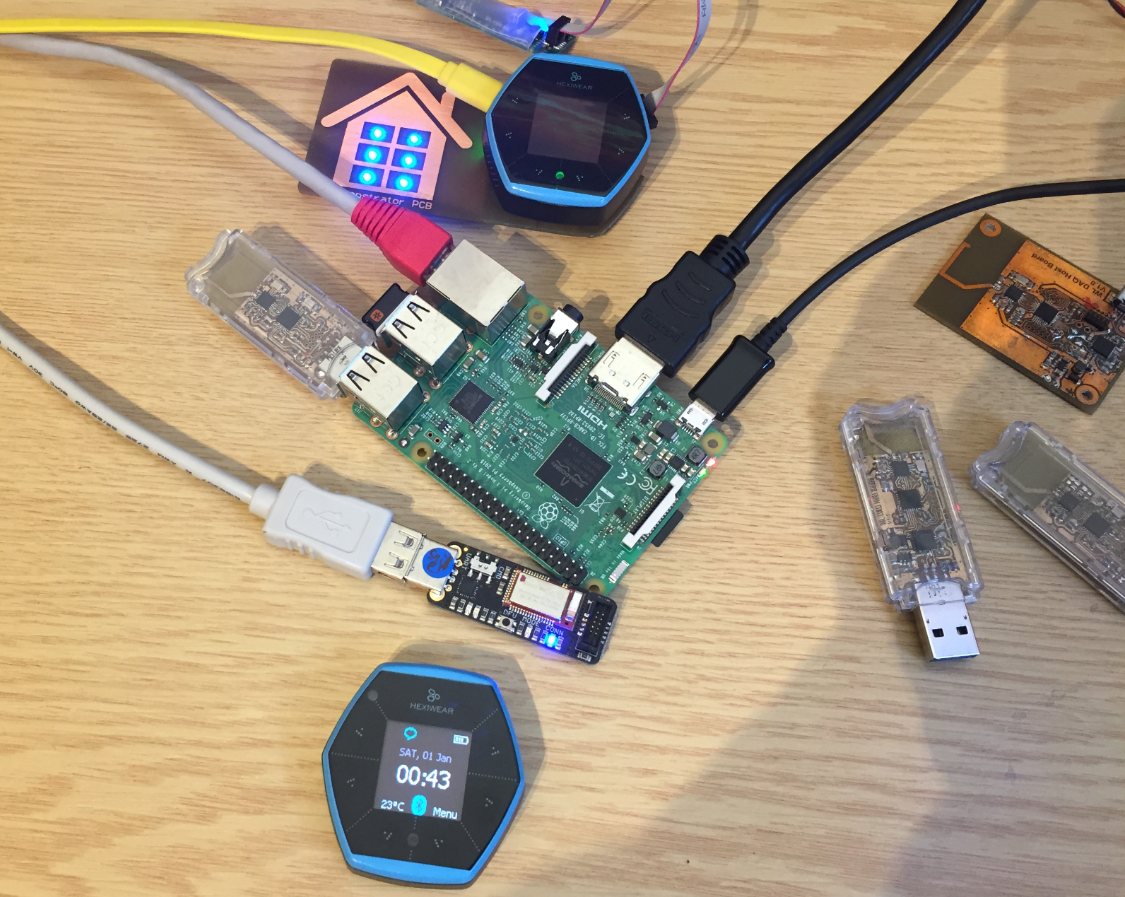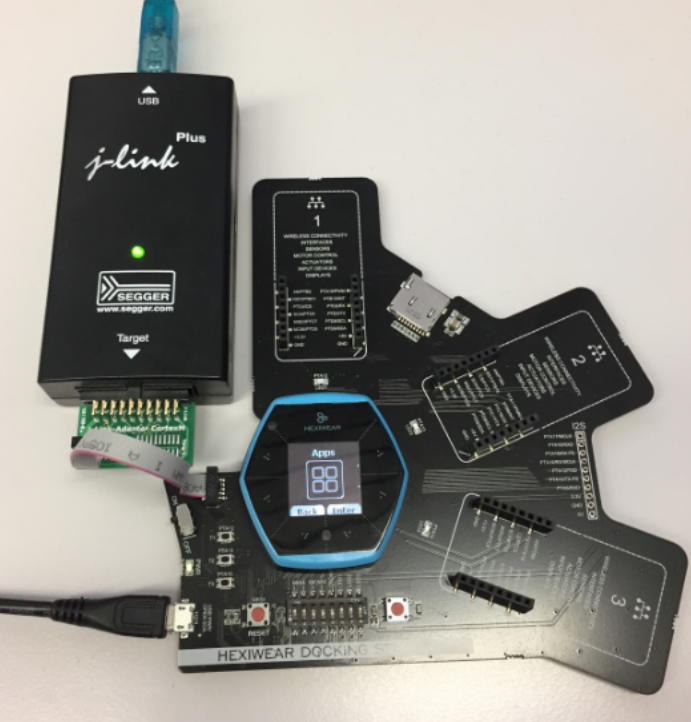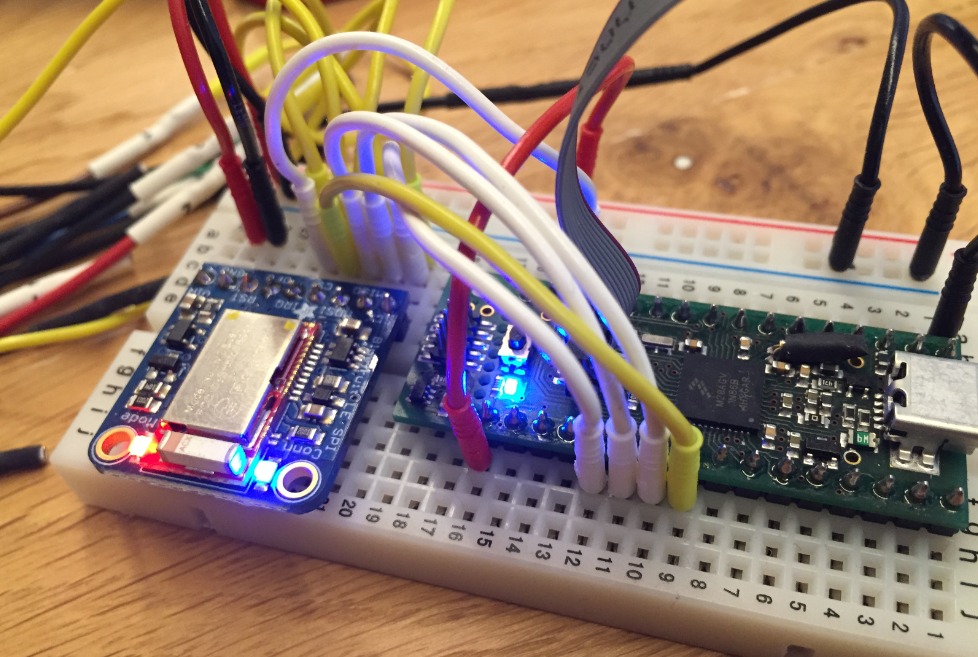The Raspberry Pi Pico RP2040 is a very versatile microcontroller. It is not the least expensive or the most powerful microcontroller, but it is one which is available and has an excellent software and tool ecosystem.
This article shows how to use the Raspberry Pi Pico-W with BLE and optional WiFi, running with FreeRTOS.








